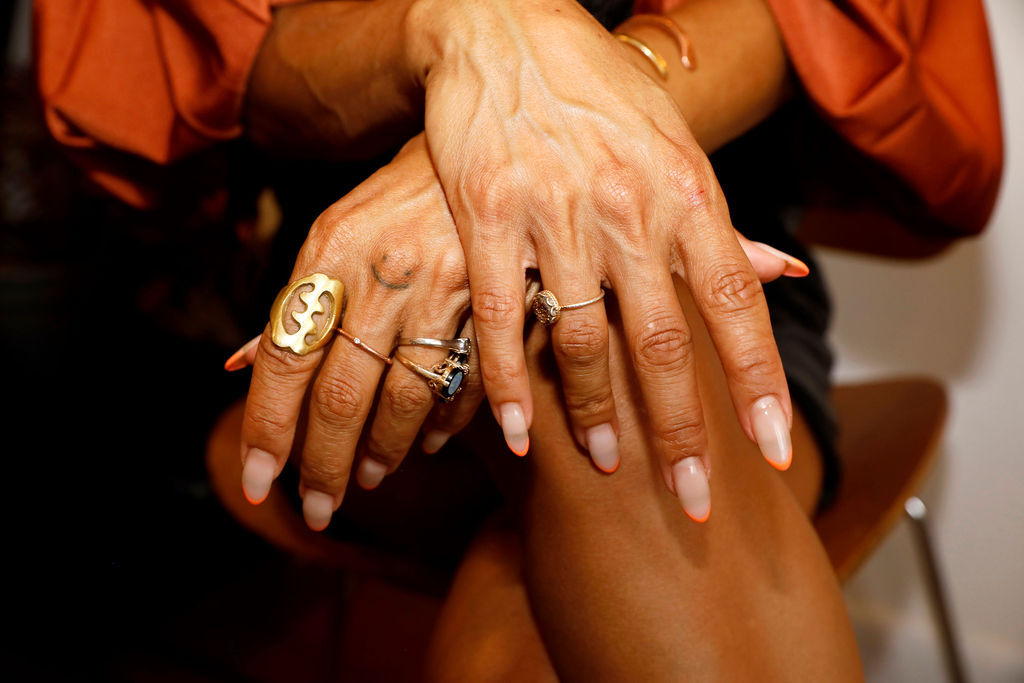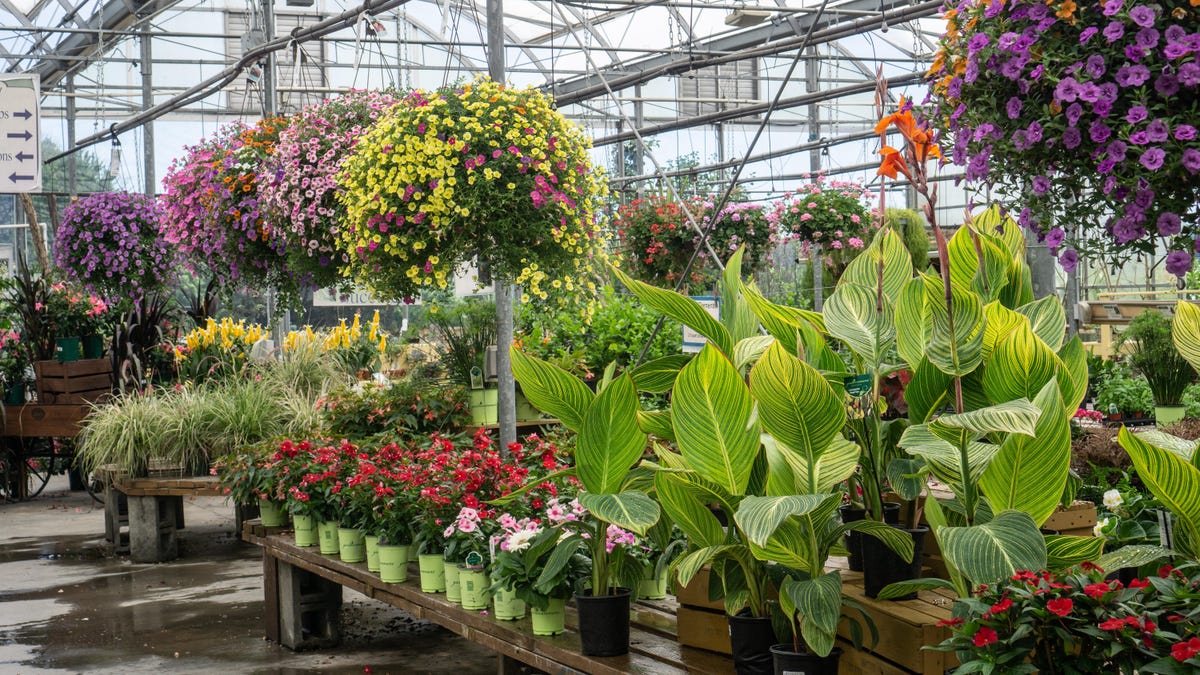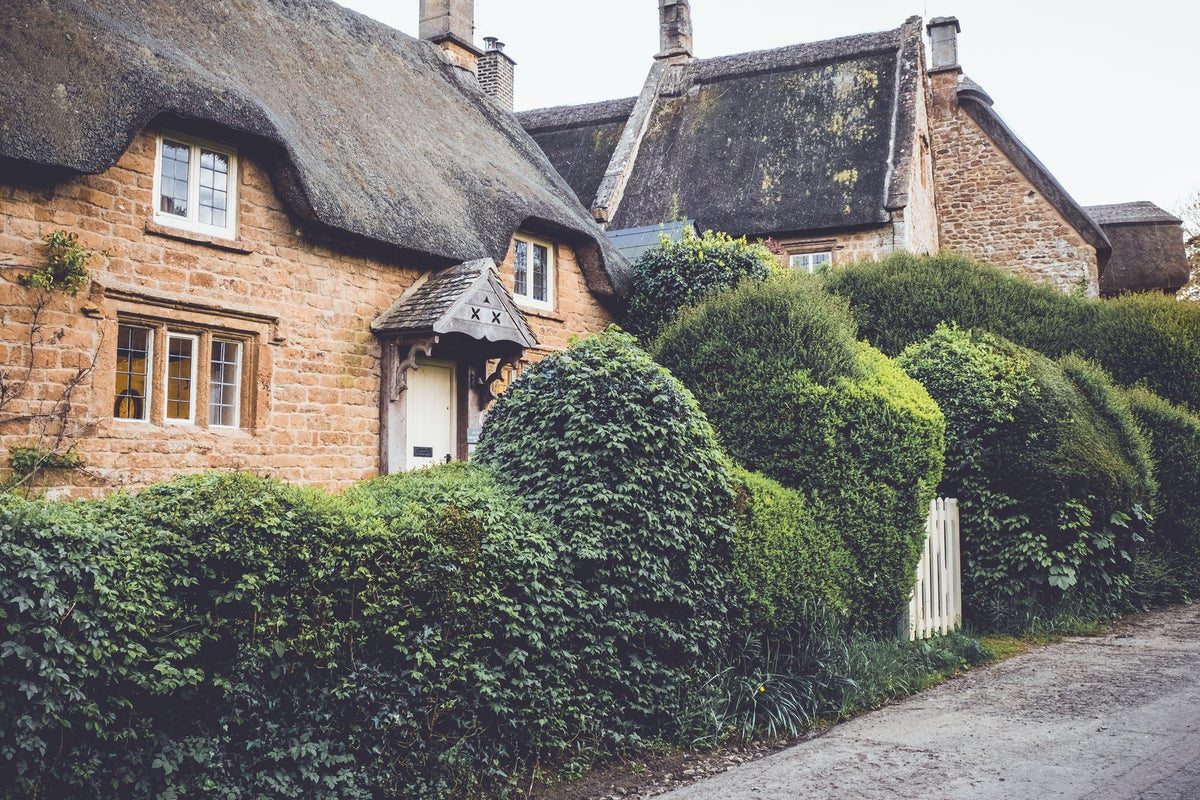Your Outdoor Garden Needs a Muffin Pan
At long last, winter is almost over, and it’s nearly spring planting time—in fact, there are some vegetables you should start planting right now. As you return to the soil this season to (hopefully) be dazzled by your very...


Photo: Romolo Tavani (Shutterstock)
At long last, winter is almost over, and it’s nearly spring planting time—in fact, there are some vegetables you should start planting right now. As you return to the soil this season to (hopefully) be dazzled by your very own homegrown tomatoes and basil this summer, consider using an unorthodox—but effective—trick to perfectly space your seeds. This doesn’t even require a trip to Lowe’s. Look no further than your kitchen cabinet for the only tool you’ll need to flawlessly execute this DIY gardening hack: your humble muffin pan.
How to use a muffin pan for seed spacing
Gardening is labor-intensive and takes planning. Perhaps you’re a seasoned veteran who has spent years perfecting your timing and technique. Maybe you’re newer to the gardening game, on the hunt for tips and tricks. Regardless of your experience level, if you like the idea of a neatly organized, well-spaced garden bed, a standard-issue muffin pan is your new best friend.
To implement, simply press the bottom of the pan directly into the soil, firmly enough to leave indentations. (A good rule of thumb is to plant seeds at a depth of twice their width, or diameter; so a half-inch-wide seed should be planted about one inch deep.) Continue around the area of your plot or garden bed to create perfectly-spaced seed holes—and let the part of your soul that craves neatness, order, and simple solutions rejoice.
What seeds will this work for?
A caveat: This spacing is not ideal for all seeds. Using a regular-sized muffin pan will yield about 3-4 inches of space between the middles of each seed hole. This is generally good spacing for produce like beets, garlic, leeks, parsnips, onions, lima and snap beans, leaf lettuce, and turnips.
For produce that requires 1-3 inches between seeds, use a mini-muffin tin to create a similar effect, but with less space between indentations. A mini-muffin pan will create generally optimal spacing for seeds like bush beans, pole beans, green onions, peas, carrots, broccoli rabe, cress, baby greens, radishes, and black eyed peas. (Always refer to the back of the seed packet for exact spacing requirements.)

 UsenB
UsenB 






























.jpg&h=630&w=1200&q=100&v=f776164e2b&c=1)

